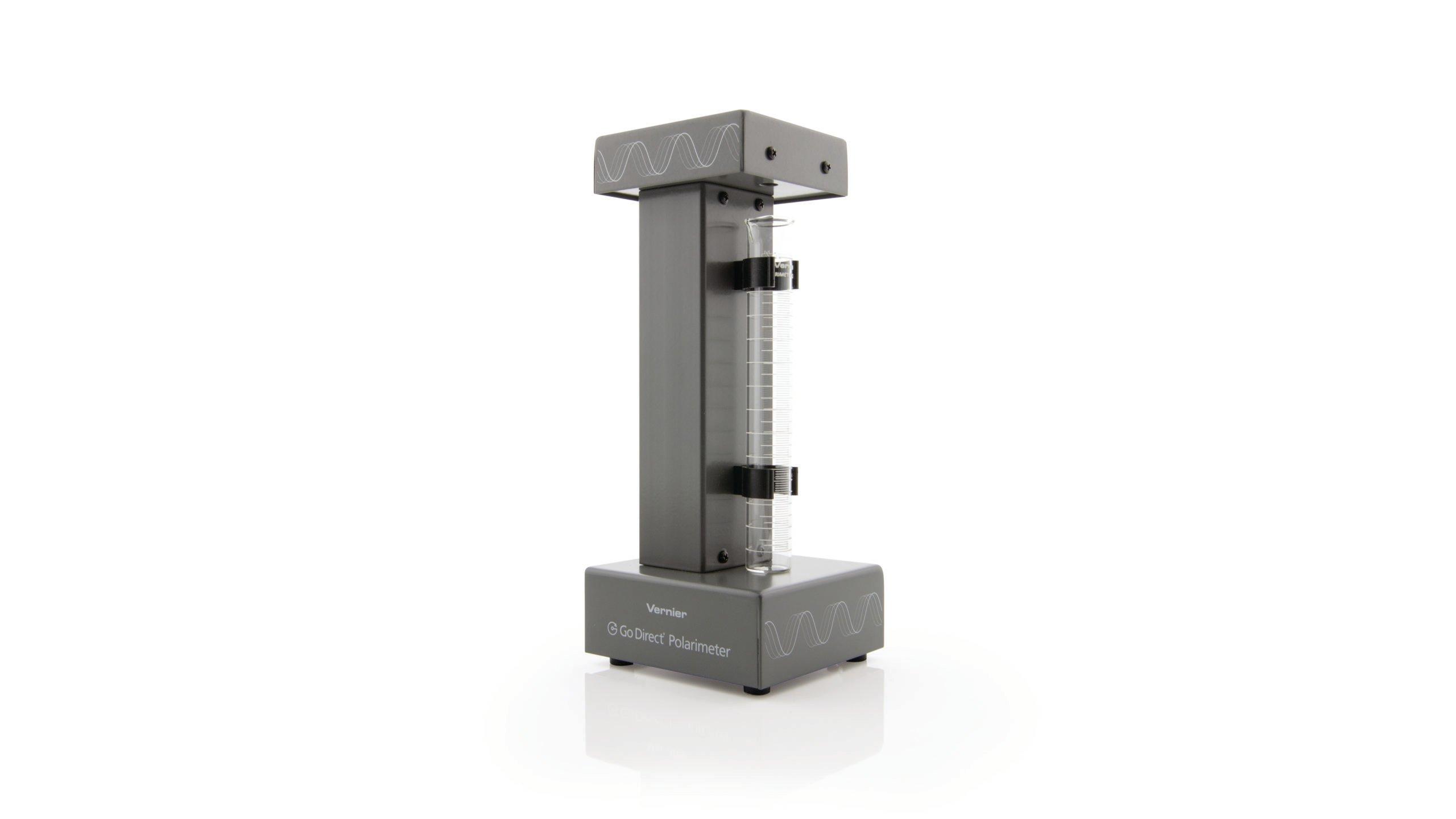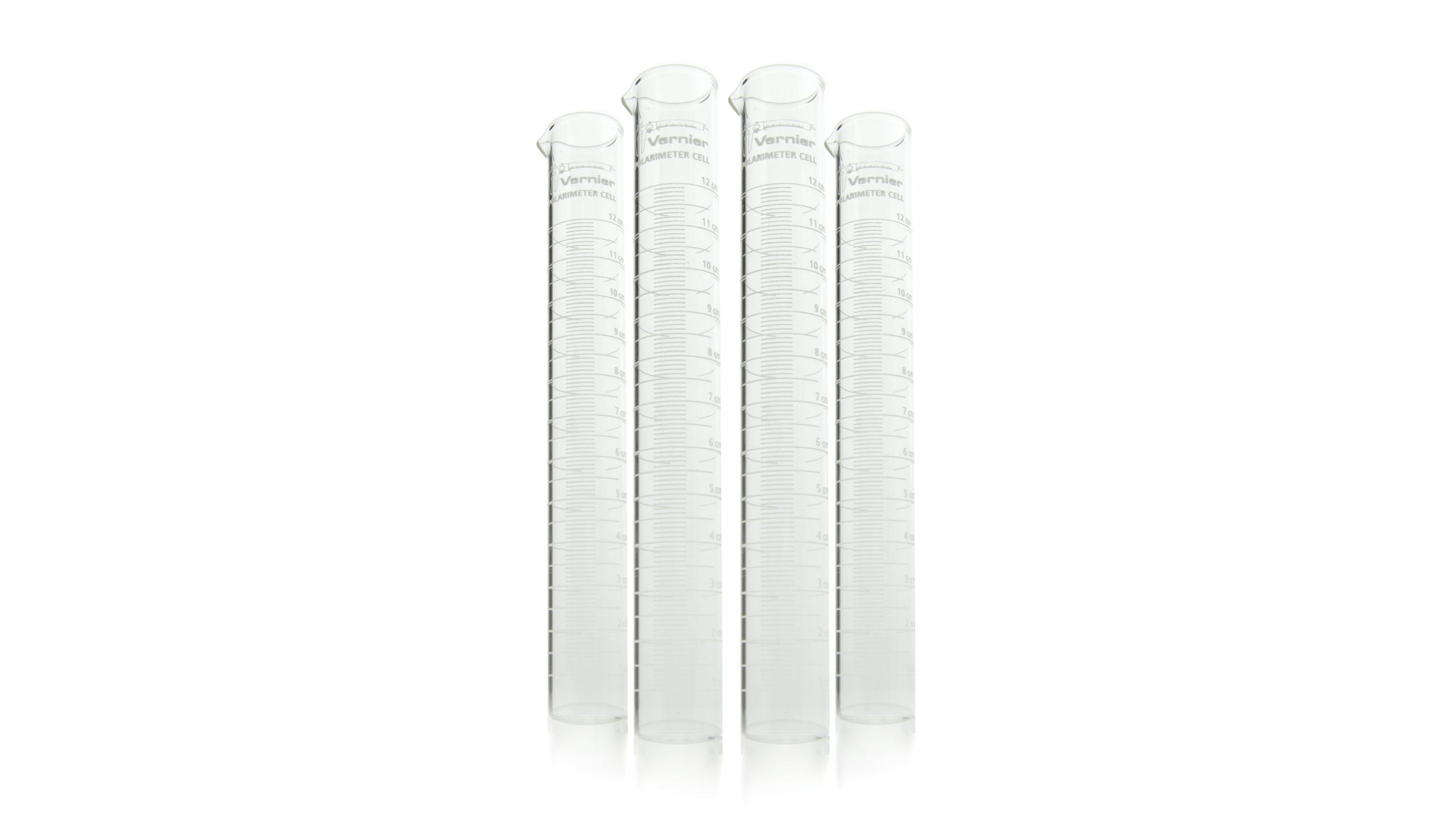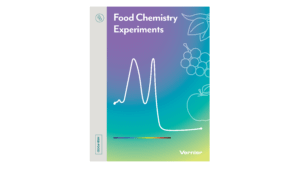Confectionary Chemistry: Measuring Sugar Inversion
Experiment #14 from Food Chemistry Experiments
- Subject
- Chemistry
Introduction
Sugar in food undergoes three primary reactions: Maillard, caramelization, and inversion. In the Maillard reaction, sugars that are capable of acting as reducing agents (also called reducing sugars) react with the amino acids in proteins. This results in a brown color that accompanies the tasty flavor of browned meats and crusty bread. Caramelization is another nonenzymatic browning reaction. In this reaction, sugar is heated until it decomposes in a pyrolysis reaction, leading to new flavors and brown color.
In this experiment, we will be studying the final reaction type: inversion. Sucrose inversion is a hydrolysis reaction where sucrose breaks down into glucose and fructose. This mixture is referred to as invert sugar. The name is derived from the fact that the optical rotation of polarized light is inverted from the positive value for sucrose (+66.5°) to the negative value for the equimolar mixture of fructose and glucose (–20°).
Sucrose Glucose Fructose
[α] = +66.5° [α] = +52.7° [α] = –92.4°
This process occurs too slowly in water to be monitored in real time, so a catalyst, acid or enzyme, must be added to accelerate the reaction rate. In this experiment, the enzyme invertase is used to catalyze the reaction while the rate of the reaction is monitored using a polarimeter.
The reaction rate is going to be monitored by the change in concentration of the starting material, sucrose. Concentration is proportional to the observed optical rotation of the sample, as determined by the polarimeter, according to Biot’s law
α = [α] ℓ c
where α is the observed optical rotation in units of degrees, [α] is the specific rotation in units of degrees (the formal unit for specific rotation is degrees dm–1 mL g–1, but scientific literature uses degrees), ℓ is the length of the cell in units of decimeters (dm), and c is the sample concentration in units of grams per milliliter (g/mL).
Objectives
- Observe the inversion reaction kinetics of sucrose with varying amounts of the enzyme catalyst, invertase.
- Use a polarimeter to monitor a reaction and determine reaction rate
Sensors and Equipment
This experiment features the following sensors and equipment. Additional equipment may be required.
Ready to Experiment?
Ask an Expert
Get answers to your questions about how to teach this experiment with our support team.
- Call toll-free: 888-837-6437
- Chat with Us
- Email support@vernier.com
Purchase the Lab Book
This experiment is #14 of Food Chemistry Experiments. The experiment in the book includes student instructions as well as instructor information for set up, helpful hints, and sample graphs and data.



